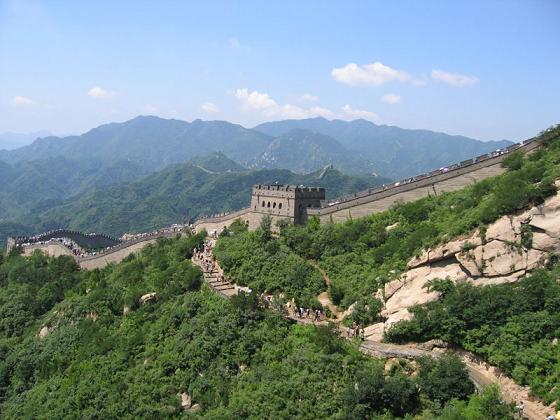New Wonders of the World
Interesting StuffMan in his moment of supreme vision, or insanity and greed may engage in a superhuman endeavour which raises his stature beyond his lifespan and time. It has been proven in history that the cruellest or most inhuman leaders may have created the world’s lasting legacy by ordering the building of enormous and spectacular structures which lie as testimony to their great leadership as well as prove the amazing achievement of man.

Ever wondered how many Great Wonders of the world there really are? I have been told there are seven when I was a child, but every great structure seems to qualify for that title, thus confusing the true facts immensely.
According to the ancient list of Antipater compiled in 140BC, the seven wonders of the world include the Great Pyramid of Giza in Egypt, the Hanging Gardens of Babylon, the Temple of Artemis at Ephesus, the Statue of Zeus at Olympia, the Mausoleum of Maussollos, the Colossus in the Greek Isle of Rhodes, and the Lighthouse on the island of Pharos. These were compiled based on the prejudicial knowledge and geographical access of the writer Antipater to structures in Greece, and the notable omission of monuments or buildings in other parts of the world. With the exception of the Great Pyramid of Giza, all the other structures in Antipater’s list have not survived due to natural and man-made disasters, or time.
The New Open World Corporation, the brainchild of Swiss-born Canadian adventurer Bernard Weber, set out on a mission to name the new Wonders of the World in the twentieth century. The idea caught fire and received the approval and endorsement of the United Nations Educational, Scientific and Cultural Organisation (UNESCO). What better way to get a list of the new wonders of the world than by polling the opinion of people all over the world via the Internet. On 1 Jan 2006, 21 finalists were selected after much controversy and millions of votes have been cast. Among the finalists are the Great Wall of China, the Eiffel Tower in France, the Acropolis of Greece, Angkor Wat in Cambodia, Kremlin and the Red Square in Russia, Hagia Sophia in Turkey, the Kiyomizu Temple in Japan, Machu Picchu in Peru, the Coliseum in Italy, Easter Island moal in Chile, Christ the Redeemer Statue in Brazil, and the Alhambra Palace in Spain.
While the seven wonders are now spread out throughout the world from Asia to America, does the list merely reflect popular appeal and mass democracy at the cost of true historical value and architectural or aesthetic wonder? Historians, archaeologists, and architects may not totally agree with the list. I would prefer professional opinion rather than a popularity contest and politics to recognise these wonders of the world.